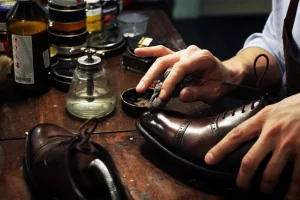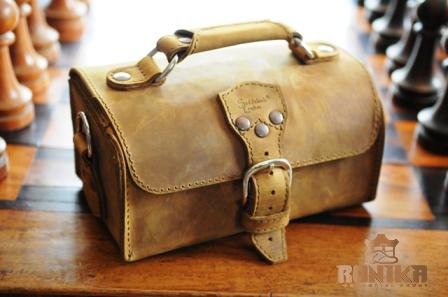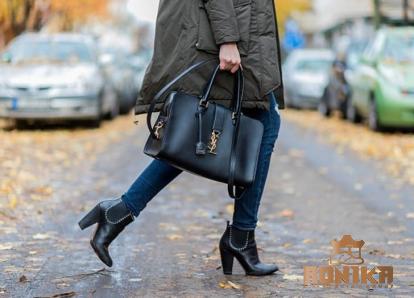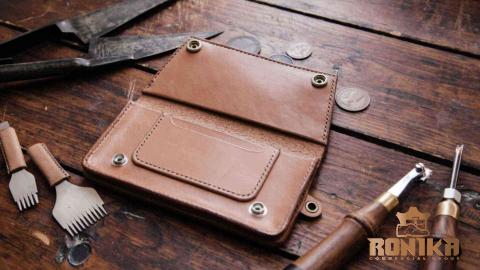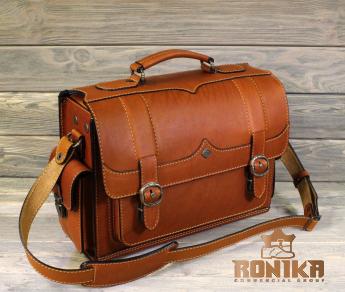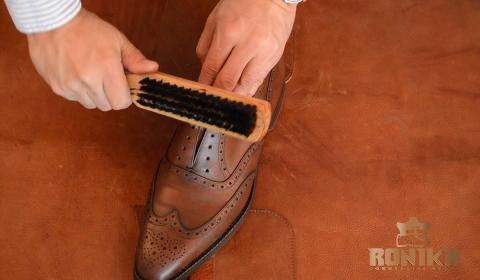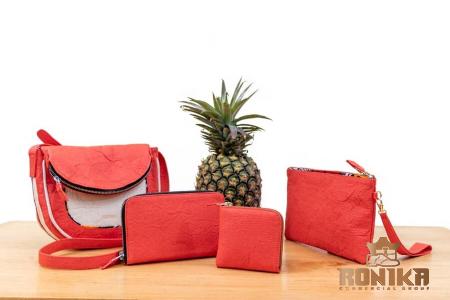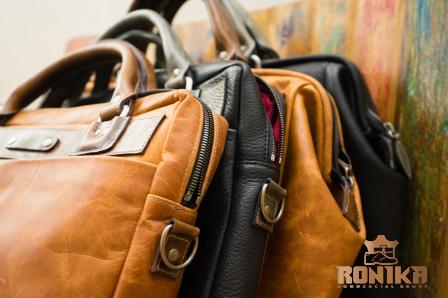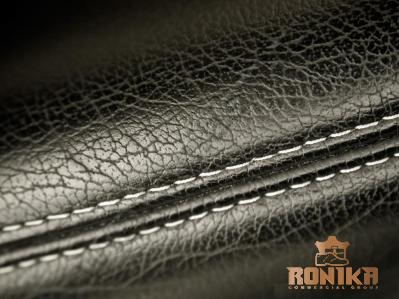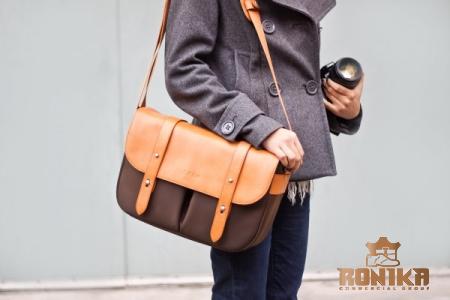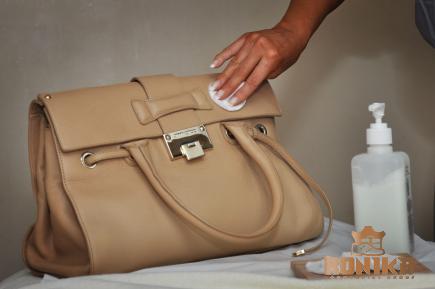What should you do to prevent the damage if your leather shoes are accidentally left out in the rain? Leather shoes, like an expensive watch or a fancy car, are a valuable property that must not only be invested in but must also be protected in order to increase the life of these important assets.
- leather shoes in rain
- leather restoration
- leather shoes rain damage
- Using a newspaper, wipe away white stains
- To clean leather shoes, use water and white vinegar
- To remove the white stains, use a toothbrush
- For leather shoes, use a cream or moisturizer
- Apply anti-stain spray on the shoe
- leather shoes left out in rain
- leather shoes ruined by rain
- leather shoes wet
Although the worth of a pair of men’s leather shoes does not appear to have increased through time, they can be utilized for the long-term if well-kept and you don’t need to purchase another leather shoe.
A lot of things can be ruined by rain and snow. Your hair, your travel plans, or both. But don’t let your lovely leather shoes go to waste. We’ll show you how to deal with wet leather in this article.
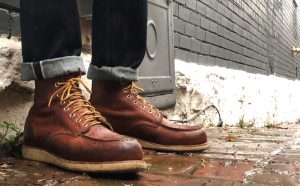
the first step: After taking the shoes off your feet, fill them with a clean towel or newspaper to dry. The following step is: put your shoes lopsided (but not upside down!) Allow the air to circulate inside. This way speeds up the drying process. Never use a hairdryer or heater to dry your wet leather shoes! Never!
Naturally, dealing with this issue is the best option. The excessive heat produced by a hair dryer or heater might accumulate leather or deform the shoe. Third Step: Wait until the shoes are completely dry. Padded shoe patterns can also be used. Soften leather with lotion or cream. If your suede leather shoes have been wet, do the above process and also you can use leather cream at the end.
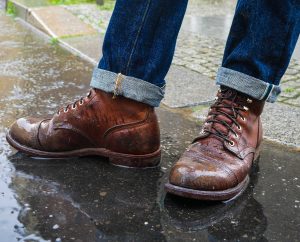
leather shoes in rain
no one can deny that Leather shoes are ideal for a variety of occasions, however, they are not suitable in rain. Water may soak into the leather, causing it to crack over time, and unattractive mounds of salt marks will permanently discolor it.
Although leather is still fairly water-resistant, especially when compared to many materials for shoes, rain may destroy the appearance—and the appearance is a large part of why we choose them.
Depending on how extreme the soaking is, there are many methods to cope with it, and it influences which shoes you choose and how you care for them. Shoes might be less damaged if they dry properly.
If the shoe is very sunk in the water, it’s better to remove the shoelaces for a few hours to let air to enter and assist the shoe dry out. Alternatively, place some newspaper in it to assist absorb the water. Keeping shoes on their sides can also help dry out the soles of the feet, which absorb a lot of water due to their thickness.
However, like with most natural materials, do not dry your shoes near any artificial heat source, such as a heater, since this can quickly dry them out.
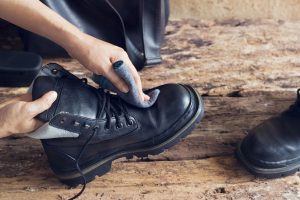
leather restoration
Clean the shoes well when they have dried (ideally after a full day). When dirt and dust become absorbed in the folds of shoes, it often contributes significantly to the problem.
After that, apply some shoe cream. The oils in the skin ascend to the surface of the leather as it dries, and the absence of oil causes your leather shoes to crack. Apply the cream in general or a serious emollient for dry skin.
Because this cream takes part of the shine off the shoes, you should probably recreate them. It’s a pain—a lot of work to get back on the square—that’s one of the reasons readers dislike having their shoes wet.
This does not, however, imply that the shoe is fully recoverable, which is not the case with many materials. Leather, unlike the cheap leather in plastic shoes or trainers, is a natural substance that can be worked on and repaired.
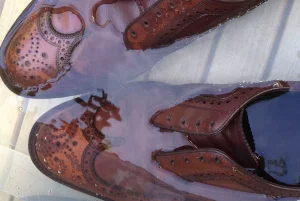
leather shoes rain damage
As winter approaches, the use of winter leather shoes and boots grows owing to the snow and rain on the streets. But how can you prevent the damage that rain may have on your leather shoes? Although our winter boots keep us from getting wet and muddy, they do become damaged if you don’t know how to deal with wet leather shoes
In addition to the regular dirt, white spots and residues of salt, and water provide extra cleaning challenges. There are methods for removing white spots and dampness from winter leather boots.
Water and salt stains are not removed in the same way as other stains are. Of course, we know that powerful cleaning techniques such as detergents are hurting shoes, therefore it’s essential to think of simple, low-cost, effective, and non-destructive shoe care.
for this purpose, utilize shoe news and articles’ homemade ways and tactics to remove white stains without hurting shoes. I provide detailed instructions on how to clean and clean a range of shoes that you can use to remove any pollution, in addition to how to wash the white stains from boots and winter shoes.
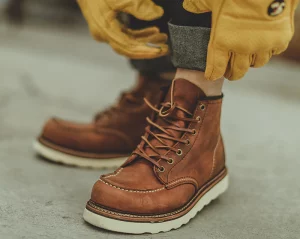
Using a newspaper, wipe away white stains
The longer dandruff and water remain on your shoes, the more difficult it is to remove after drying. It is recommended to wet it with a sponge and remove the major contents as soon as you have stains and snow and water, then wipe white stains and dry the stain with a newspaper.
Putting the shoes on fire and heating them up like the front of a heater can progressively harm them. A broken and outdated shoe is far more hazardous to one’s health than other shoes.
To clean leather shoes, use water and white vinegar
You may make a solution to remove this stain at home. Combine two parts of water and one part of white vinegar in a mixing bowl. White vinegar aids in the removal of snow from shoe tissue, but use the same quantity of water (5 times the vinegar used) to dilute the vinegar and diminish its acidic qualities. Simply apply part of the water and white vinegar solution to the outer region of your shoe until the water stain is gone.
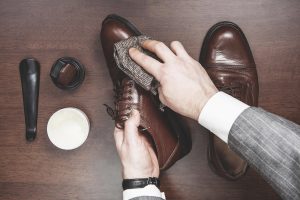
To remove the white stains, use a toothbrush
Because the suede material has a different texture than the leather type, it is recommended to wipe part of your shoes with a toothbrush to remove the white stain. The greatest toothbrushes to use are those made of nylon. After removing the majority of the stain, you may now use a white vinegar and water solution, to dilute the stain on the shoe t. Dry your shoes or boots with a cloth to remove white statin with this lotion.
For leather shoes, use a cream or moisturizer
Salt and water might cause the shoe and color to fade. Despite its effectiveness in removing stains, the tip of using white vinegar lotion might be damaging in drying the leather texture. After removing snow and rain stains from your shoes, apply shoe and moisturizer materials such as cream or moisturizer. Cream and moisturizer help to rehydrate the leather texture and prevent cracking, paleness, and deformation.
Color creams assist to restore and retain color. Moisturizers, in addition to leather cream, are important for preserving the flexibility and suppleness of leather shoes. Moisturizers have no negative impact on the color of leather shoes. Don’t forget leather shoes moisturizers if you’re new to them.
Apply anti-stain spray on the shoe
The techniques for removing salt stains from shoes are efficient and practical, but as soon as you go out into the street, your boots and shoes will be dirty again. Because repeated washing of the shoes causes damage and peripherals such as moisturizers freeze and take a long time to use, it is recommended to separate the shoes from the snow and rain, as well as use sprays to absorb salt stains.
Some of these sprays may be used on a variety of leather or suede textures, so you don’t have to buy a different one for each type. Sprinkle it from 2 to 3 times for the optimum effect and durability.
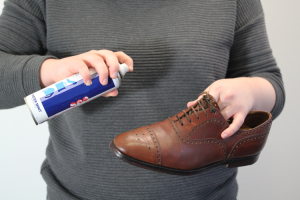
leather shoes left out in rain
Because leather reacts so fast to water if you wear leather shoes and it rains, you should come home as soon as possible and your shoes shouldn’t be left out. dry the water with a quick-dry towel.
Leather is a popular winter outfit model and one of the basic materials used in many apparels and gadgets. Leather bags and shoes are popular. Leather, particularly natural leather, requires specific care and upkeep. One of the concerns that people have is whether it will be damaged by water. Is it possible to wash the leather? What happens when water hits leather? In this piece, we will tackle all of these concerns and determine if water will cause the leather to deteriorate.
what happens if we clean leather shoes with water?
Natural leather, as you know, is a very delicate material that requires significant care. Is it possible to wear leather clothes or shoes and clean
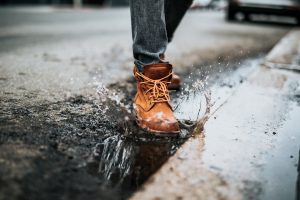
them with water? How do you wash leather clothes and shoes?
In response to the inquiry, does water damage leather water? Yes, water is a leather killer, and you should not leave the leather in a humid atmosphere since the leather loses its texture and may even make it formless if it does not dry out and remains wet.
The leather has some water resistance, but owing to the permeability of the leather material, water enters the leather texture and causes it to become stiff after drying, removing the leather’s delicate and beautiful texture. If the leather does not dry properly, it may begin to degrade.
honestly, leather is a costly material, but it will last for 10 to 15 years if used and cared in a right way. Keep in mind that you should never leave the leather in a humid environment, and if any water gets on the surface, wipe it with a dry towel.
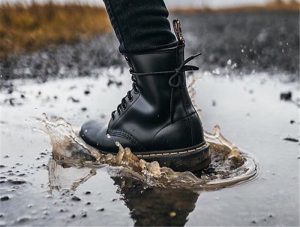
leather shoes ruined by rain
When it comes to caring for your leather shoes in winter, even the masterfully crafted shoes require protection from the rain and water. Otherwise, the rain will ruin your leather shoes. As winter approaches, we provide at least one detail on how to preserve and care for your leather shoes against the impacts of rain, sleet, and snow.
What are the effects of rain and snow on leather shoes?
A pair of leather boots suffered salt damage while walking in the bush.
Rain and snow may harm the leather in a variety of ways. Water makes transient connections with some of the oils in the hiding spot when it comes into touch with leather. Some of these oils are lost as the water evaporates.
impact on your leather shoes is determined by the type of leather and the amount of water exposure. The following are the most typical ways that rain and snow can harm your leather shoes:
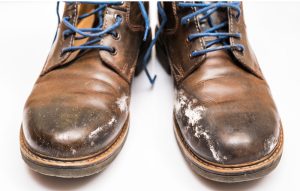
Water Stains & Discoloration – Water stains are little spots of water left on your leather shoes by rain and snow. These symptoms can last for a long time after the leather has been cured and are difficult to get rid of. A similar thing happens if your leather shoes become wet; however, the staining impact is huge.
Stretching- if rain or a snowstorm totally soaks your leather shoes while wearing them, the leather will stretch. Some leathers become soft and malleable when wet, which means that any pressure might cause the leather to stretch or lose its shape.
Dehydrated – Although this may appear to be anti-flexible, water can penetrate some of the leather’s oils and cause the leather to dry out. This might make your leather shoes more brittle and likely to damage
Another winter concern for your leather shoes is road salt. Snow-covered road salt might absorb in your leather shoes, leaving salt stains. If left untreated, salt can permanently dry out the skin, producing cracks, hypoplastic, and even blisters.
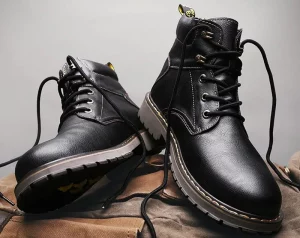
leather shoes wet
what do you do if your leather shoes or boots become wet, it’s essential to take extra care of them so that the leather doesn’t get damaged? To get the best results, follow these step-by-step directions for treating wet leather shoes and boots. Also, keep in mind that these recommendations do not apply to suede, which can get wet but are treated differently.
